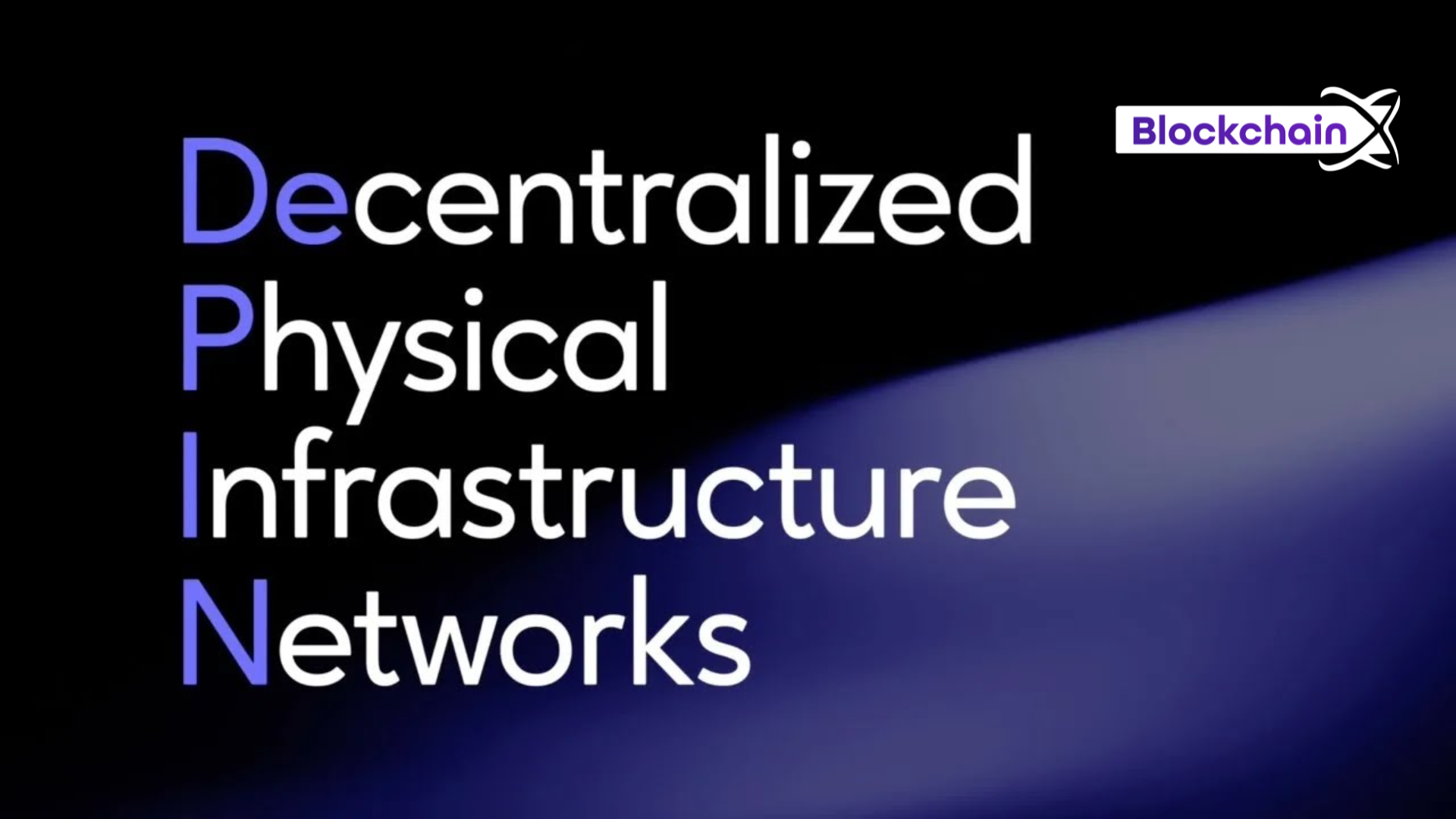Features of Decentralized Physical Infrastructure Networks (DePIN)
 kishore senthil
kishore senthil
Decentralized Physical Infrastructure Networks (DePIN) are innovative systems that leverage decentralized technologies like blockchain, smart contracts, and distributed ledger technology to transform the management and operation of physical infrastructure. These networks offer a wide range of features that distinguish them from traditional centralized infrastructure systems. Let's explore some of the key features of DePIN:
Decentralization: The hallmark feature of DePIN is decentralization. Unlike centralized infrastructure networks where control and decision-making authority are concentrated in a few entities or intermediaries, DePIN distributes power across a network of nodes. This decentralized architecture ensures that no single entity has absolute control over the infrastructure network, enhancing resilience and reducing the risk of systemic failures.
Blockchain Technology: DePIN relies on BlockchainX technology to record and verify transactions securely and transparently. Blockchain, a decentralized and immutable ledger, enables participants in the network to create and share a tamper-proof record of transactions. This ensures transparency, trust, and integrity in the management of infrastructure assets and operations.
Smart Contracts: Smart contracts are self-executing contracts with the terms of the agreement directly written into code. In DePIN, smart contracts automate the execution of agreements and transactions between parties without the need for intermediaries. These contracts are stored on the blockchain, ensuring transparency, security, and efficiency in the exchange of value and services within the infrastructure network.
Interoperability: DePIN promotes interoperability by enabling seamless interaction and integration between different infrastructure components and systems. Through standardized protocols and open APIs (Application Programming Interfaces), DePIN facilitates the exchange of data, services, and assets across diverse infrastructure networks, enhancing connectivity and efficiency.
Resilience and Fault Tolerance: DePIN enhances resilience and fault tolerance by dispersing infrastructure components across a distributed network of nodes. This decentralized architecture mitigates the risk of single points of failure and ensures that the network remains operational even in the face of disruptions or attacks. Additionally, redundant pathways and failover mechanisms further enhance the resilience of DePIN.
Scalability: DePIN is designed to be highly scalable, capable of accommodating growing demands and expanding infrastructure needs. As the network grows, additional nodes can be added, and resources can be dynamically allocated to meet increased demand. This scalability ensures that DePIN can adapt to evolving requirements and accommodate future growth without compromising performance or efficiency.
Transparency and Auditability: Transparency and auditability are inherent features of DePIN enabled by blockchain technology. Since all transactions are recorded on a decentralized ledger that is visible to all participants, there is a high degree of transparency in the operation of the infrastructure network. This transparency enhances accountability, fosters trust among stakeholders, and facilitates auditing and regulatory compliance.
Community Governance: DePIN often incorporates community governance models where stakeholders actively participate in decision-making processes related to the management and Enterprise blockchain development company of the infrastructure network. Through decentralized governance mechanisms such as token-based voting or consensus algorithms, stakeholders can propose, vote on, and implement changes to the infrastructure network, ensuring that it aligns with the collective interests and values of the community.
Privacy and Security: DePIN prioritizes privacy and security by employing cryptographic techniques and encryption algorithms to protect sensitive data and transactions. Through features such as private key authentication and data encryption, DePIN ensures the confidentiality, integrity, and authenticity of information exchanged within the network, safeguarding against unauthorized access and malicious activities.
Environmental Sustainability: DePIN promotes environmental sustainability by optimizing resource utilization, minimizing waste, and reducing energy consumption. By leveraging renewable energy sources, implementing energy-efficient practices, and reducing carbon footprint, DePIN contributes to a greener and more sustainable infrastructure ecosystem, aligning with global efforts to combat climate change and promote environmental stewardship.
In summary, Decentralized Physical Infrastructure Networks (DePIN) offer a host of features that revolutionize the management, operation, and governance of physical infrastructure. By leveraging decentralization, blockchain technology, smart contracts, and other innovative tools, DePIN enhances resilience, efficiency, transparency, and sustainability in infrastructure networks, paving the way for a more resilient, inclusive, and sustainable future.
Subscribe to my newsletter
Read articles from kishore senthil directly inside your inbox. Subscribe to the newsletter, and don't miss out.
Written by

kishore senthil
kishore senthil
Enterprise blockchain development involves leveraging blockchain technology to create tailored solutions for businesses. Unlike public blockchains, enterprise blockchains are often permissioned, allowing designated participants control over access and governance.